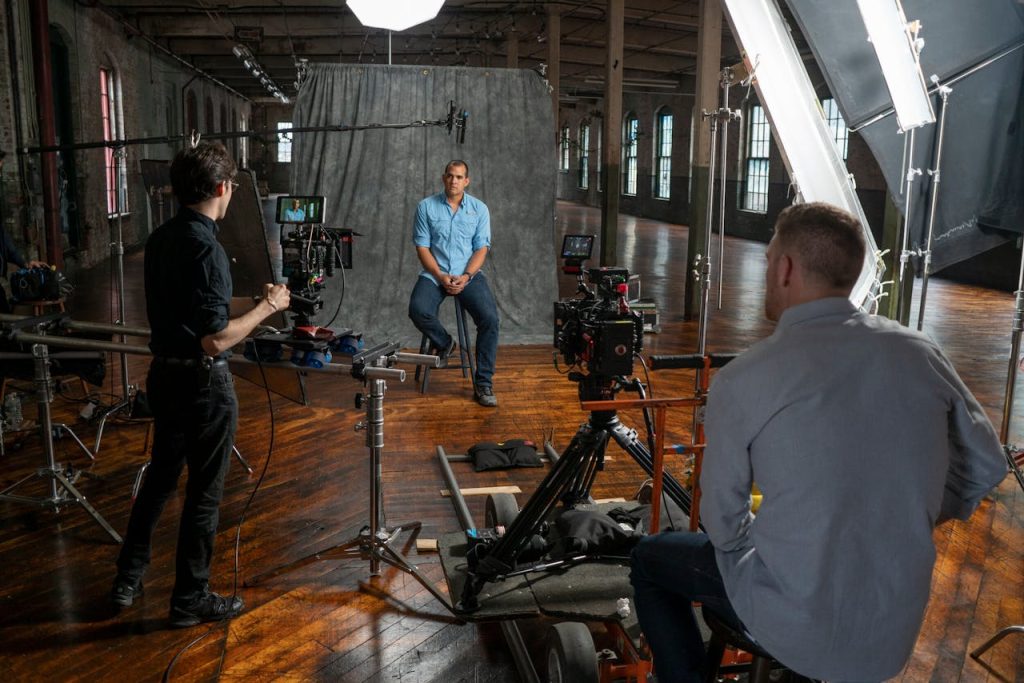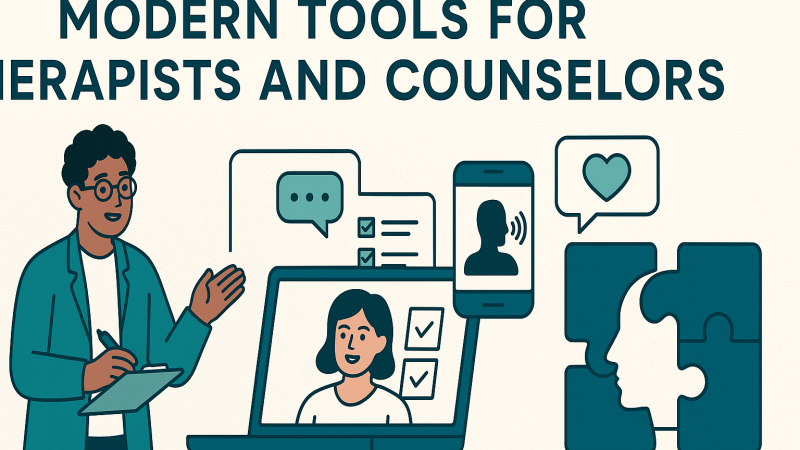With more Live TV Planned, Netflix Continues Backslide to Cable Days
The streaming platforms we know and (mostly) love have only been around for about a decade. Netflix’s Watch Now started broadcasting in 2007, but its streaming service wouldn’t begin a worldwide roll-out until 2012. Similarly, after five years trading as Amazon Unbox, the company’s Video platform debuted in 2011. Disney+ is almost brand new, starting in 2019.
In many ways, streaming should’ve brought about the decline of live programming (except for sports and music) but the format continued to develop in tandem. Courtesy of modern tech, a video feed now seems more like the bare minimum content producers can get away with, rather than the revolution TV was in its formative days.
Live entertainment can now be as much a pastime of amateurs as a genuine profession. Just look at all the creators on YouTube. The gambling industry has its take on live media too, with many iGaming companies incorporating live elements into traditional gameplay. A key example isPaddy Power Blackjack Live– a riff on the classic card game that has a presenter on the screen to guide players through each round.

Source: Pexels.
Streaming media was always intended to live on the opposite side of the veil from live TV. After all, watching something as it’s broadcast defeats the entire philosophy of the on-demand service. Netflix seems to disagree, continuing to experiment with both live and pre-recorded media (as well as gaming and choose-your-own-adventure-style projects).
Streaming TV, once the antithesis of cable, is starting to look strangely familiar.
Hot Ones
Netflix now wants to incorporate live TV into its streaming platform. So far, its line-up includes the NFL’s Christmas schedule, WWE’s Monday Night Raw, and, before its cancellation after two years, the talk show Patriot Act. The latter ended up as a warning against Netflix’s live TV aspirations. Streaming isn’t an ideal place for late-night programs, to paraphrase tech website The Verge.
Most recently, in September 2024, Netflix proposed something completely different. The streaming giant wants to broadcast alive version of Hot Ones. Hosted by Sean Evans and produced by BuzzFeed, Hot Ones is a celebrity chat show featuring stars like David Beckham, “Stone Cold” Steve Austin, and Shaquille O’Neal. Guests are fed spicy chicken wings while they talk.
Ad-supported
Subscribers’ distress at a cable-like way of doing things is justified. Amazon Videoannounced that adverts would be part of Prime Video packages from 2024. Disney+ introduced an ad-supported option as it increased the price of its ad-free bundle, while Netflix began playing adverts between and during shows in 2022.
Netflix saw adverts as a way to reverse a decline in subscriber numbers, which might sound strange given viewers’ reluctance to accept forced messaging. Ad-supported options attract occasional watchers and the merely curious, but neither stick around too long. Introducing live TV also adds time pressures to viewing, even though a potential Hot Ones series is unlikely to be unwatchable after broadcast.
In that case, what’s the point of making it live in the first place? Movies Streaming TV needs a reversal of its cable aspirations while subscribers still benefit from its unique offering.





